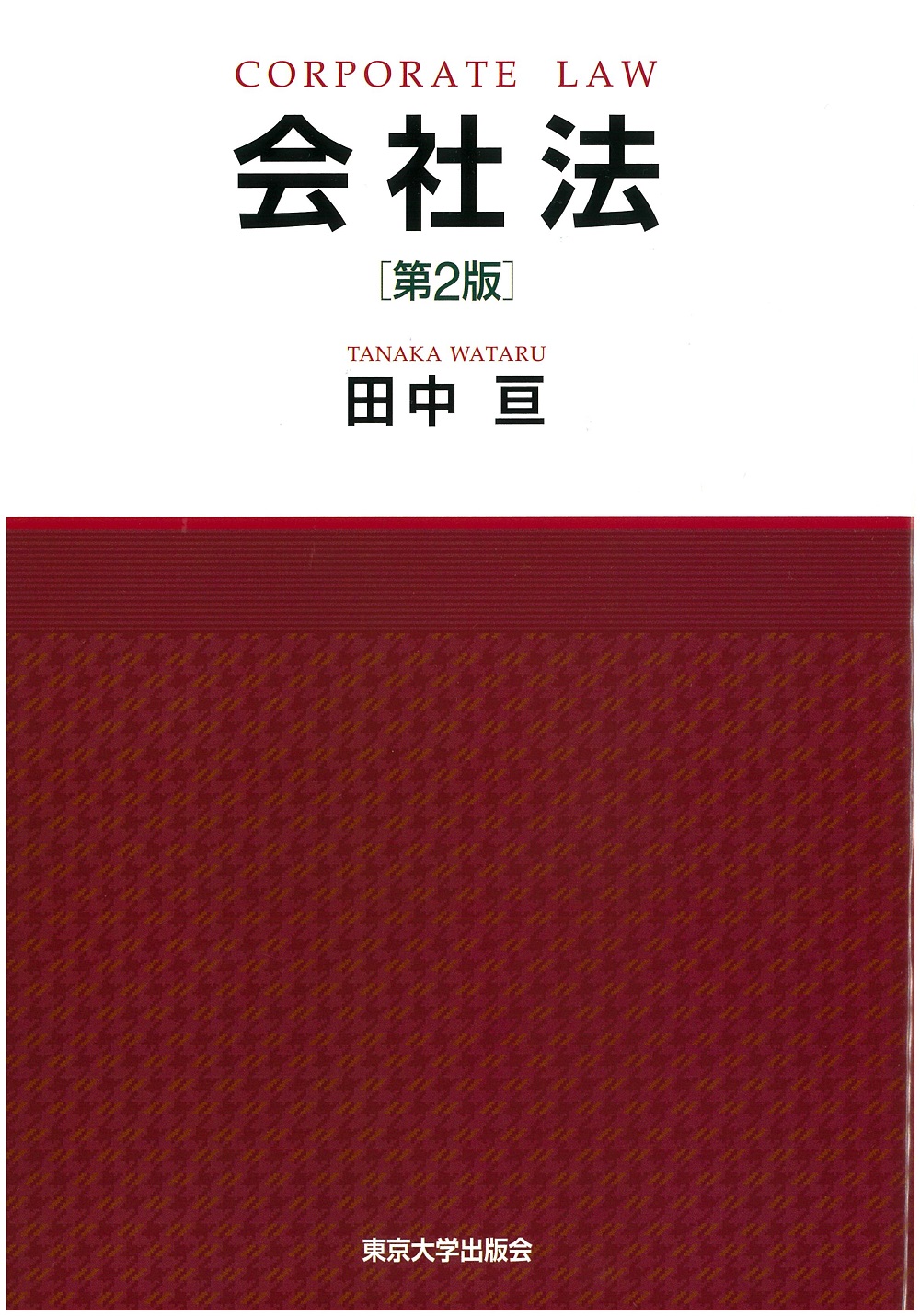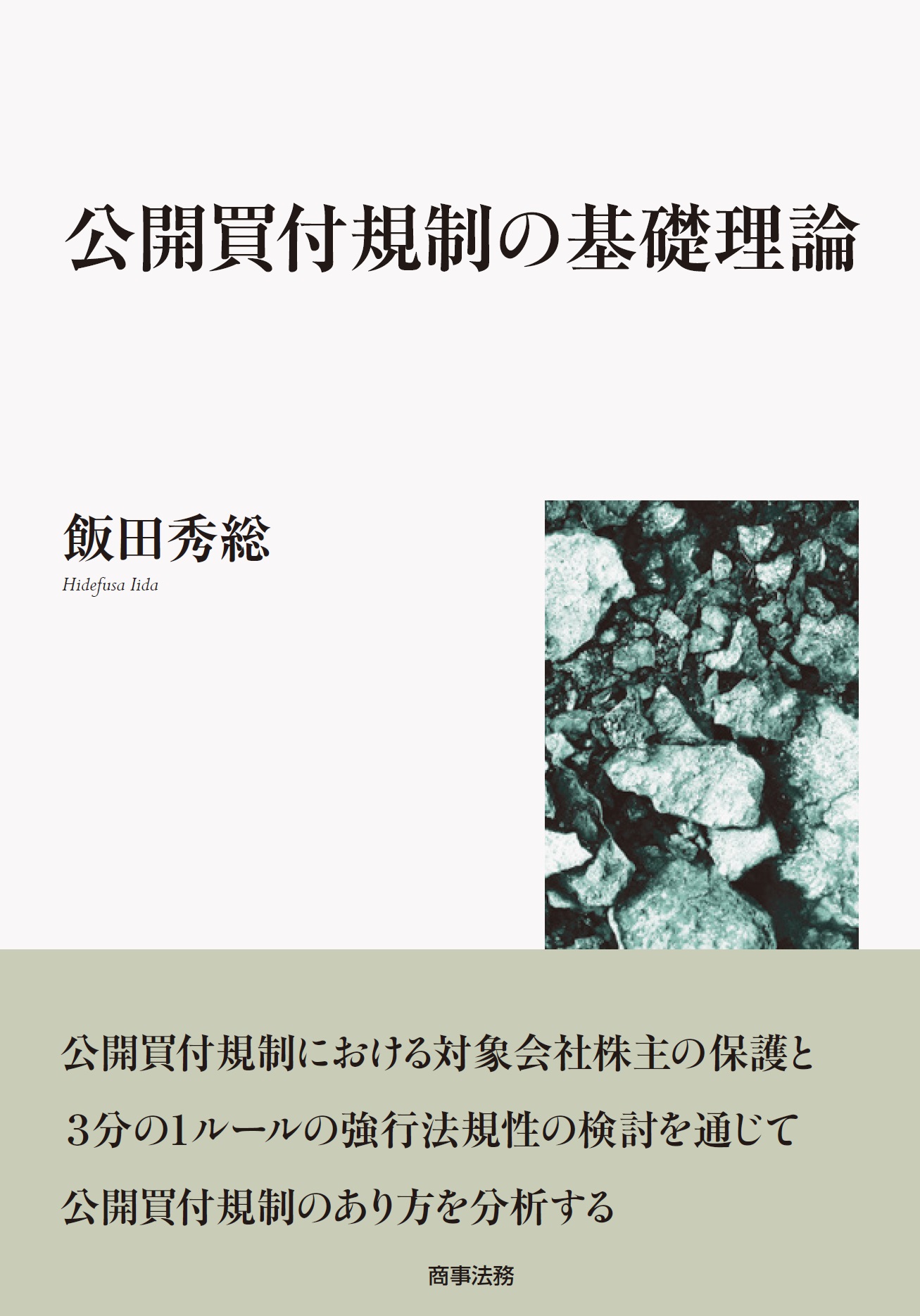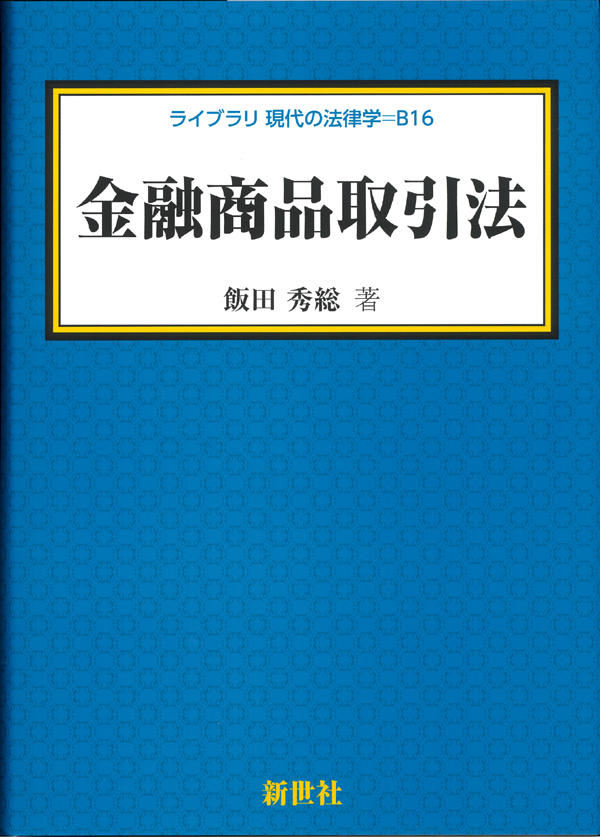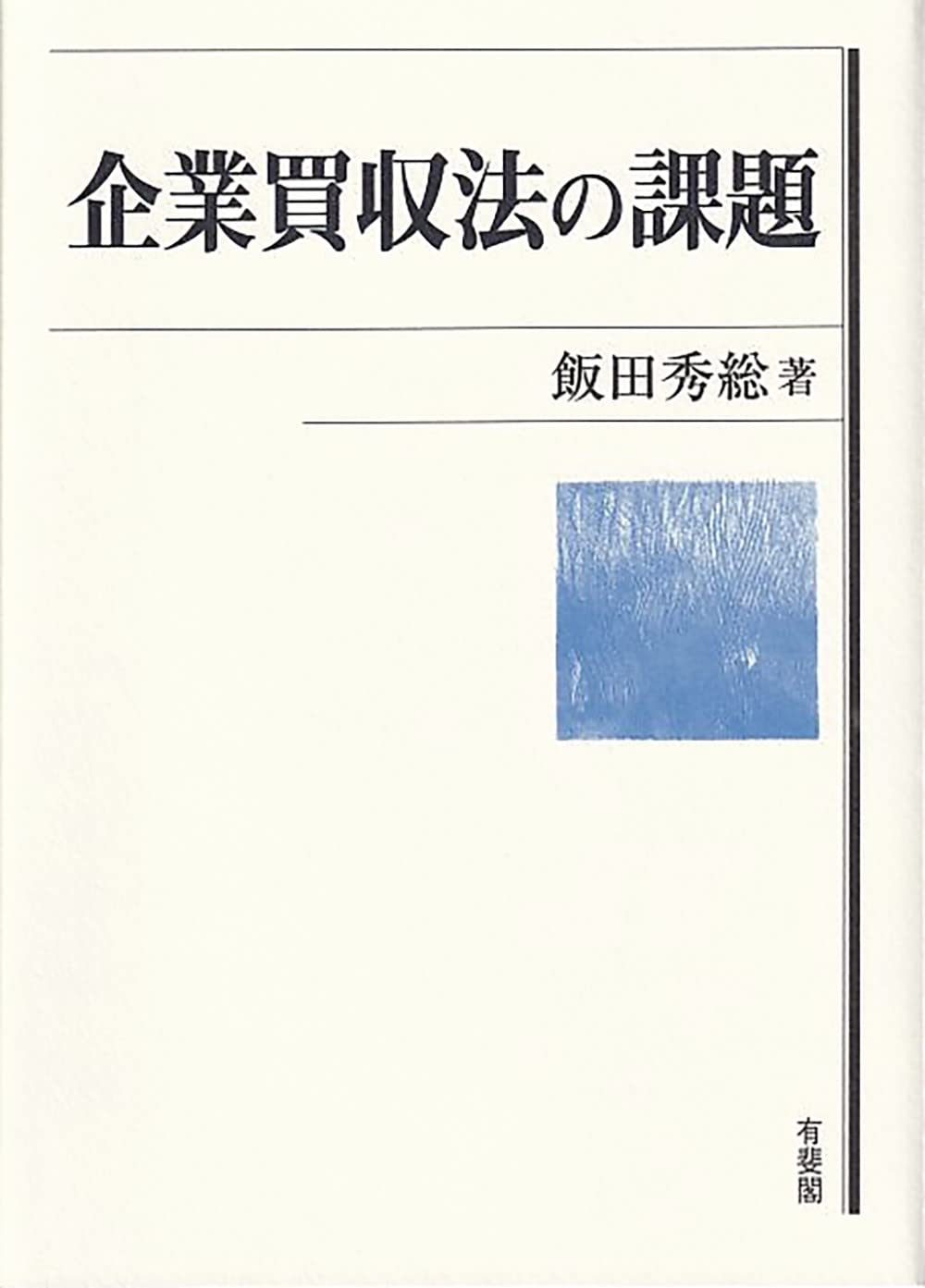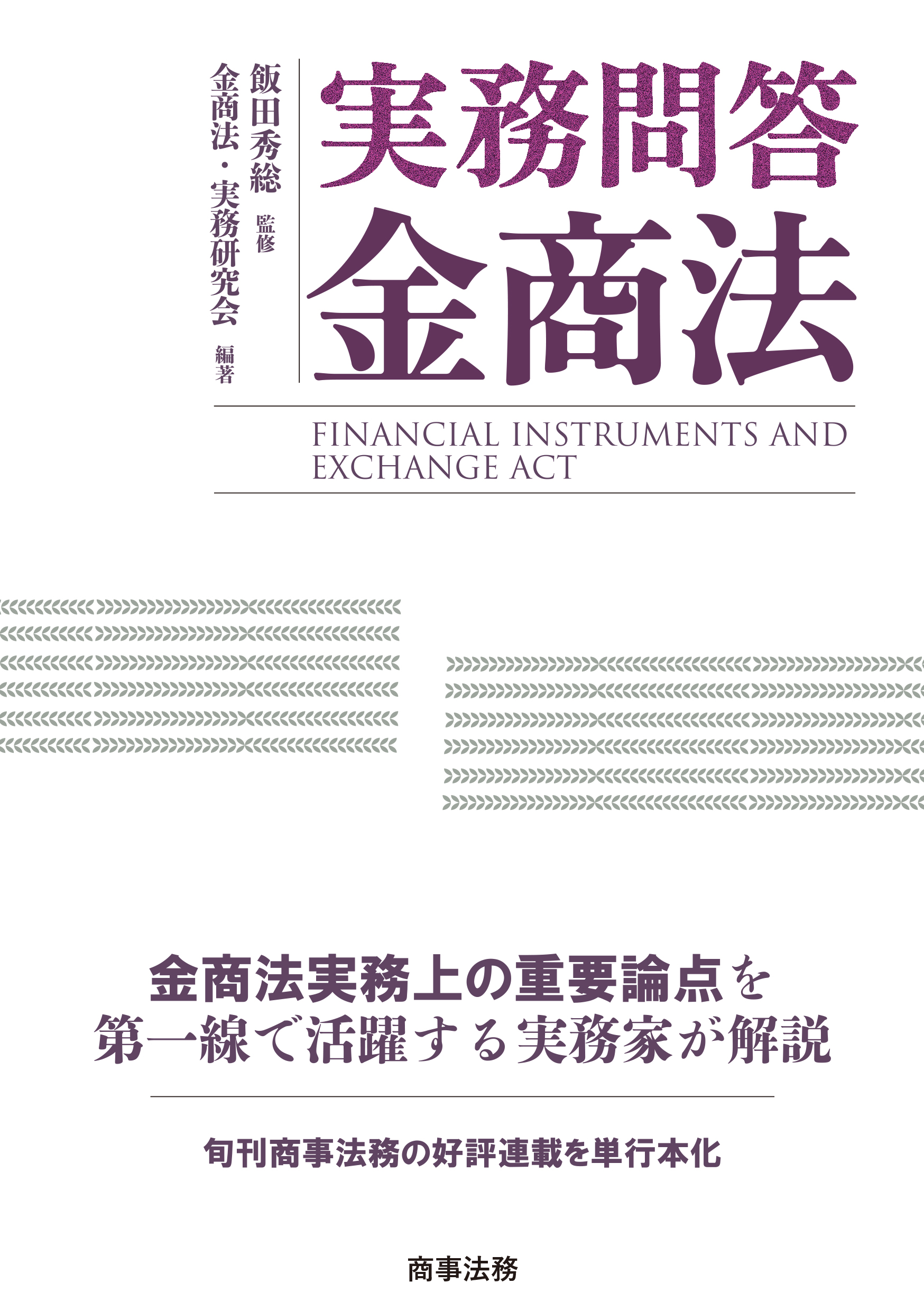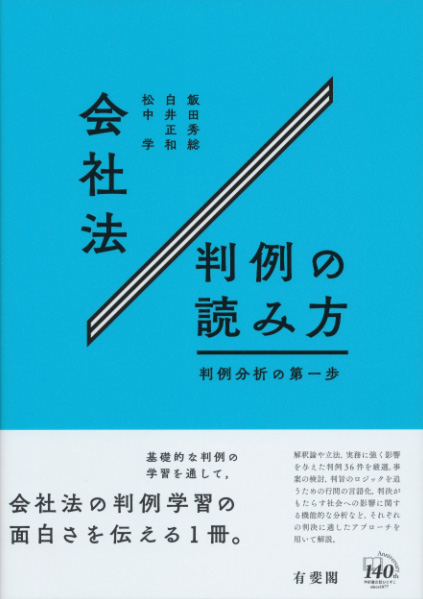
Title
Kaisha-ho Hanrei no Yomikata (Reading Corporate Case Law - First Steps in Case Law Analysis)
Size
414 pages, A5 format, softcover
Language
Japanese
Released
July, 2017
ISBN
978-4-641-13775-2
Published by
YUHIKAKU Publishing Co., Ltd.
Book Info
See Book Availability at Library
Japanese Page
This book examines and analyzes important precedents that are often thoroughly explored in lectures on corporate law. In many classes, a single lecture will thoroughly examine only one or two of these precedents, so this book deals with thirty-six carefully selected precedents. Furthermore, it is limited to fundamental precedents, in the sense that the resulting judgments strongly influenced later interpretations, legislation, and corporate practices. Of course, other important precedents exist as well. As a result, although they are not discussed as headings, relevant cases are actively examined in the “Commentary” section of this book. In response to their importance, these range from precedents that are only lightly touched upon to those for which the case and the resulting judgment are introduced in detail.
The act of “reading into a precedent” may seem simple, but how the case should be read and what should be focused on differs from case to case. Therefore, the approach taken in this book varies considerably for each precedent. For example, in which understanding the meaning of the facts is important, the explanation of the facts is emphasized over an explanation of the judgment. Additionally, for judgments that require reading between the lines in order to discern the underlying logic, the implied contents are explicitly stated. In corporate law (and other areas as well), there are many cases in which a problem deals with whether a rule brings about a desirable outcome. Many precedents must also be evaluated from this standpoint. As a result, functional analyses (law and economics analyses) regarding the effect a judgment will have on society are also included. Of course, multiple approaches are used in many explanations in this book.
It is important to consider the scope of the precedents in corporate law. For example, the cases where the settlement of interests becomes a problem for closed companies are completely different from similar situations in listed companies. In this book, the question of how far the scope of a precedent extends not only relies on the case in question but is also explained based on how the reason is read. Considering the scope is not easy, but by deploying the facts and attempting to imagine how various parts could be read, precedents in corporate law become enjoyable, rather than dull or uninteresting.
The larger goal of this book is to provide students with an understanding of its “contents,” or the precedents that are indispensable in studying corporate law as described above. However, I would be pleased if the book were also used as a reference for the methods regarding “how to read case law.” The readings indicated in this book are, of course, just examples. As the author, nothing would please me more if the reader were able to discover other equally persuasive readings.
(Written by IIDA Hidefusa, Associate Professor, Graduate Schools for Law and Politics / 2019)



 Find a book
Find a book


 eBook
eBook